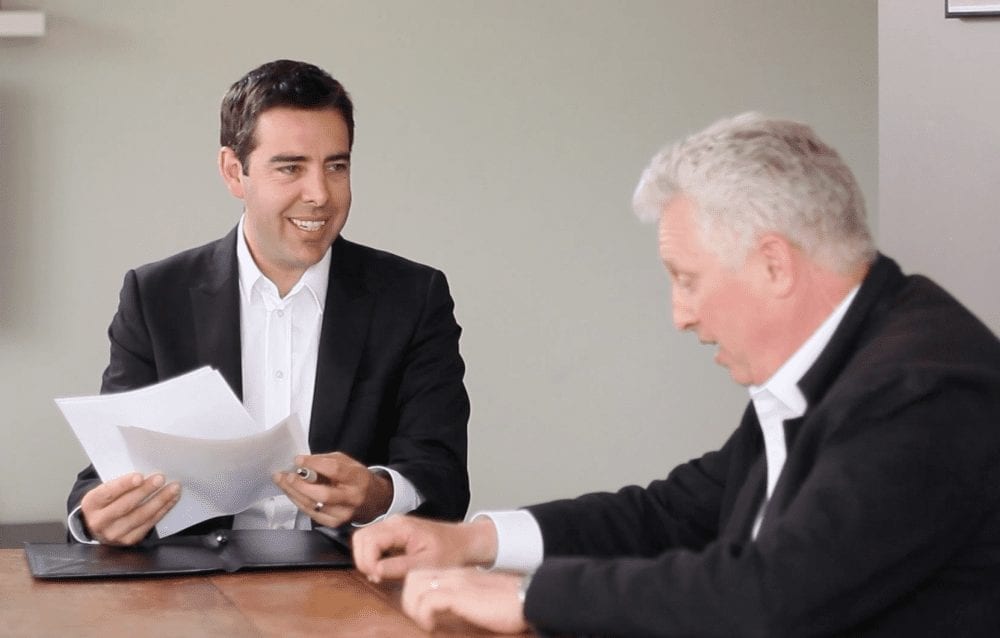Receiving feedback for your creative work can be confronting. We inject a lot of ourselves into our video productions, and it can be challenging to see whether the work is measuring up to our client’s expectations. At the same time, receiving feedback is one of the best opportunities available to improve the work prior to releasing it into the world. I have found the following process helpful when receiving feedback from clients on my creative work:
Try to arrange a face to face meeting
While feedback can be delivered via the phone, web, email etc you will receive superior information when meeting face to face. So much of our communication is nonverbal. By meeting in person, you will receive valuable information through intonation, expression etc. You will also have a better opportunity to enter into a dialogue.
Set the agenda and frame how the process will work
Take the opportunity, prior to presenting the work, to frame the context within which the work was created. Briefly describe the brief you were presented with, and how you responded to it. Why you took the approach that you did. Empahasise that you value feedback, and invite your client to be open and forthright with their response.
Make sure you can easily take notes
It’s the only way you will be able to remember all of the feedback
Be conscious of the client and their reaction when presenting the work.
Sometimes you will see the work in a whole new way when presenting it to someone who was not there when it was being created. Their presence will magnify certain aspects, and draw your attention to others. So tune in to the presence of your client while they are looking at the work. If you are presenting something on screen, try to position yourself so that you can see their reaction in the reflection of the screen.
Invite feedback. Listen. Don’t interrupt.
It can take time to formulate feedback. Resist the temptation to interrupt or to provide further explanation. Listen, and give your client the opportunity to respond.
Ask questions
This will help to deepen your understanding of the feedback, and to test out whether your understanding is correct. It will also help you to get more specific information about their response.
Avoid being defensive
It can be tempting to try to defend yourself if the work is not received well, or you feel the work has been misunderstood. Remind yourself that you have invited feedback, and that it is a valuable opportunity to improve the work, and to better serve your client. Not all feedback should be embraced without questioning it. But now is not the time to make that type of decision. Now is the time to gather information and be sure that you have a clear understanding of the infomation that is being presented.
If you don’t understand, or disagree, start a conversation about it
Approach the conversation from a place of curiosity and openness. Try to understand the idea from your clients point of view. Keep returning to whether the work is responding correctly to the brief, as opposed to arbitrary personal preferences.
Read the feedback from your notes back to the client
Make sure that you have clearly understood what has been fed back to you.
Let your client know what happens from here
e.g. What changes you will make based on the feedback, when you will next meet etc.
By approaching the feedback with a spirit of openness, curiosity, and positivity, you will give yourself the best opportunity to further improve the work, maintain a good relationship with your client, and ensure that the most effective and fully realised creation is unleashed on the world.

Ryan Spanger is one of Melbourne’s most respected and sought-after video production professionals. Ryan founded Dream Engine in 2002, and specialises in helping medium to large corporates, government departments, and the non-profit sector to connect with their audience more effectively by using video.

